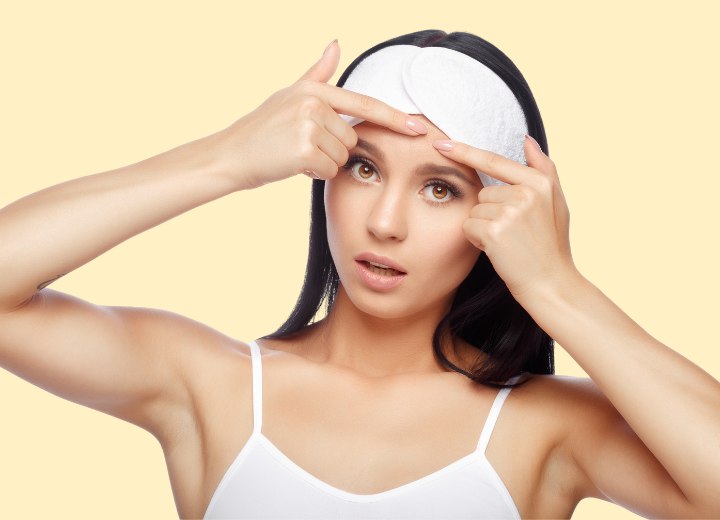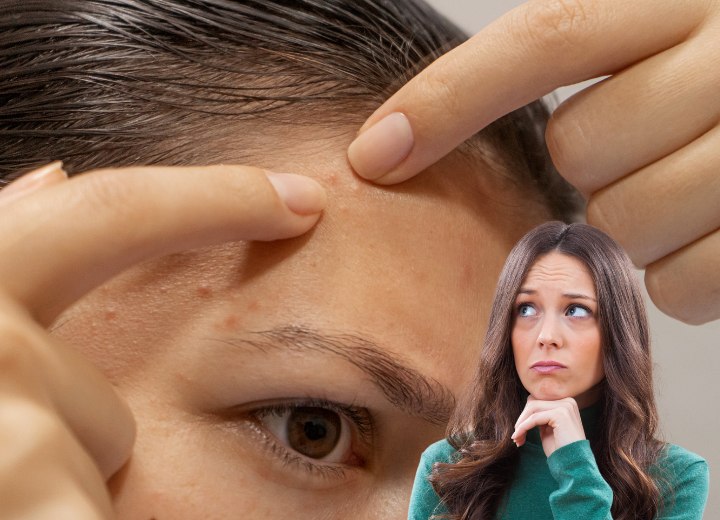Pimples Near the Scalp

A: Breakouts along the hairline and scalp area are frustrating to deal with. Your dermatologist is right that hair care and styling products are often the main triggers for what's medically known as "pomade acne" or "acne cosmetica." The good news is that with some strategic product swaps and habit changes, you can get this under control.
For shampoo selection, you'll want to focus on gentle, sulfate-free formulas that rinse clean without leaving residue. Residual shampoo and conditioner can build up along your hairline and clog pores just as easily as styling products. If you have a sensitive scalp, medicated shampoos containing ingredients like ketoconazole or selenium sulfide can help address any underlying scalp conditions that might be contributing to the problem.
The application method for your styling products is just as important as the products themselves. Instead of applying gel or cream directly to your roots and hairline, try using spray-on alternatives. You can also apply traditional gels and creams to hair starting from the mid-lengths and working toward the ends, keeping the product away from your scalp area entirely. When you do need to style hair near your face, use clean hands and try to avoid touching your hairline afterward.
To actively prevent and treat hairline breakouts, incorporate a gentle salicylic acid treatment into your routine. After styling your hair, use a salicylic acid-containing facial wipe to clean around your hairline, temples, and the back of your neck where products commonly migrate. Salicylic acid is particularly effective because it can penetrate into pores to dissolve the buildup that leads to acne formation.

Don't forget about your pillowcases and hair accessories either. Wash pillowcases at least weekly in hot water to remove oil and product buildup, and clean hair ties, headbands, and hats regularly. These items can harbor bacteria and product residue that gets transferred back to your skin.
If you continue to experience breakouts after making these changes, it might be worth revisiting your dermatologist. Sometimes prescription treatments are needed to get stubborn hairline acne under control.
©Hairfinder.com
See also:
Hair problems
Pimples on the scalp
Can I get pimples on my scalp if I leave the towel on my head for too long?